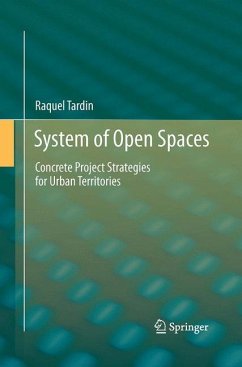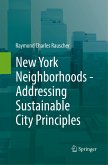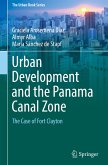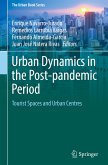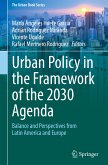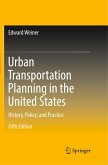In the current panorama of urban growth and planning in many urban territories of western societies, open spaces are residual spaces of urban occupation or are reserved for eventual occupation. Open spaces have been viewed in this manner in the earlier stages of the compact city and especially now, in a time of the dispersed territories characterized by discontinuity, heterogeneity, and fragmentation.
The disciplinary perspectives of ecology, geology, landscape architecture, and urbanism, but also public opinion, have for some time promoted the conservation and protection of the most valuable natural spaces, and efforts have been made to remove such spaces from the real estate market. However, such positions, usually radical, are insufficient for territorial equilibrium and inevitably lead to the progressive disappearance of valuable natural spaces.
The disciplinary perspectives of ecology, geology, landscape architecture, and urbanism, but also public opinion, have for some time promoted the conservation and protection of the most valuable natural spaces, and efforts have been made to remove such spaces from the real estate market. However, such positions, usually radical, are insufficient for territorial equilibrium and inevitably lead to the progressive disappearance of valuable natural spaces.

